Tesla Gen 3 Wall Connector Review
The Tesla Wall Connector is a Level 2 EV charger with up to 48A output, delivering up to 44 miles of range per hour. Compatible with all Tesla models, it offers customizable amperage settings and supports indoor/outdoor installation. Wi-Fi connectivity enables over-the-air updates, while PowerShare supports multi-vehicle charging.
The Tesla Gen 3 Wall Connector is an excellent Level 2 charging solution for Tesla owners, offering fast and reliable performance. Compatible with all Tesla models, it provides up to 44 miles of range per hour, depending on the Tesla model and electrical setup. The charging speed is adjustable, with options for different amperage levels, ranging from 12A to 48A, allowing the charger to match your home’s power supply.
Installation is simple but requires an electrician. The connector can be installed indoors or outdoors, and the long 24-foot cord offers flexibility. It is an ideal option for those looking to charge their Tesla quickly compared to a 110V outlet, which only provides around 5 miles of range per hour. With the Wall Connector, you can achieve up to 44 miles per hour, depending on the configuration.
One standout feature is its Wi-Fi connectivity, enabling over-the-air updates and remote control, which ensures the unit stays up-to-date with the latest improvements. The Power-share feature is also valuable, allowing multiple Tesla Wall Connectors to share power efficiently if you need to charge more than one Tesla at once.
Though the Wall Connector is a higher investment, it offers great value considering the convenience and speed it adds to home charging. It’s a compact, durable, and reliable solution that integrates well into home charging setups, making it a must-have for Tesla owners.
Best Tesla Cybertruck EV Charger
For Tesla Cybertruck owners, the Tesla Universal Wall Connector is a smart choice for upgrading your home charging setup. This advanced version of the Tesla Wall Connector offers bi-directional charging, future-proofing your installation by enabling not only efficient charging of your Cybertruck but also the possibility to discharge power back to the grid or your home. With this feature, you can maximize your EV’s energy storage, enhancing both sustainability and flexibility. The Universal Wall Connector maintains all the benefits of the standard version, including fast charging speeds and customizable amperage, while also adding the benefit of ensuring your setup is ready for emerging technologies. It’s the perfect solution for those who want to stay ahead of the curve while enjoying a seamless and efficient charging experience for their Tesla Cybertruck.
Tesla Wall Connector Installation (Hardwired Wiring Diagrams)
The Tesla Wall Connector Hardwired Wiring Diagrams provide a detailed guide for installing the Tesla Wall Connector at various amperage levels, including the 12 Amp, 16 Amp, 24 Amp, 32 Amp, 40 Amp, and 48 Amp EV Charger configurations. These diagrams outline the appropriate wire sizes (Tesla Wall Connector terminal blocks support 12-4 AWG copper wires), circuit breakers, and conduit recommendations for each amperage setting to ensure optimal performance and safety.
In some instances, to pass inspection, you must use wires rated for at least 4 amps, regardless of the charger’s amperage setting. This ensures compliance with regulations for the Tesla Wall Connector, which allows amperage adjustments via a smartphone app. Always consult a certified EV charger installer to determine the correct wire size for your installation.
Tesla Wall Connector 48A Hardwire Wiring Diagram (60A Circuit Breaker)
The following diagram outlines the installation of a Tesla Wall Connector at 48 amps. To achieve a maximum output of 48 amps, use 4-6 AWG wires for L1 and L2, and 4-8 AWG for the ground (G). A 60A circuit breaker ensures safe operation. This setup provides a charging output of 11.56 kW. The recommended conduit size is 1 to 1 1/4 inches for wire protection.
Tesla Wall Connector 40A Hardwire Wiring Diagram (50A Circuit Breaker)
For a 40A maximum output, the Tesla Wall Connector uses 6-8 AWG wires for L1 and L2, and 6-10 AWG wires for the ground (G). The system requires a 50A circuit breaker for proper protection. This setup provides a charging output of 9.6 kW. For wire protection, the conduit size should be between 3/4 to 1-inch.
Tesla Wall Connector 32A Hardwire Wiring Diagram (40A Circuit Breaker)
To achieve a 32A maximum output, the Tesla Wall Connector should be installed using 8 AWG wires for L1 and L2, and 8-10 AWG for the ground (G). A 40A double-pole circuit breaker is required, providing a charging output of 7.68 kW. The recommended conduit size is between 3/4 to 1-inch.
Tesla Wall Connector 24A Hardwire Wiring Diagram (30A Circuit Breaker)
For a 24A maximum output, the installation requires 10 AWG wires for L1 and L2, and 10-12 AWG for the ground (G). A 30A circuit breaker ensures safe operation, providing a charging output of 5.76 kW. The conduit size should be 1/2 to 1 inch.
Tesla Wall Connector 16A Hardwire Wiring Diagram (20A Circuit Breaker)
For a 16A maximum output, use 12 AWG wire for L1 and L2, and 12 AWG for the ground (G). The system requires a 20A circuit breaker for safety, supporting a charging output of 3.84 kW. The conduit size should be between 1/2 to 1 inch.
Tesla Wall Connector 12A Hardwire Wiring Diagram (15A Circuit Breaker)
For a 12A maximum output, use 12 AWG wires for L1 and L2, and 12 AWG for the ground (G). The system requires a 15A circuit breaker for safety, supporting a charging output of 2.8 kW. The conduit size should be between 1/2 to 1 inch.
Surge Protection for Tesla Wall Connector Installations
The Tesla Wall Connector includes built-in surge protection, intended to suppress minor voltage disturbances during normal operation. However, Tesla does not disclose the level or rating of internal surge suppression, and this built-in protection is not designed to absorb high-energy surges like those caused by lightning strikes, grid switching, or repeated utility-side faults.
We’ve seen several cases of Tesla Wall Connectors being damaged by surges, particularly when power is restored after an outage, often after multiple low-to-moderate surges compound over time. These events can compromise the Wall Connector or other components on the EV charging circuit.
To mitigate this risk and enhance system resilience, we recommend installing an external Type 2 surge protection device (SPD). You have two NEC-compliant options:
- Whole-house SPD installed at the main service panel to protect the whole-house electrical equipment, including the Tesla Wall Connector
- A dedicated SPD installed on the Tesla Wall Connector’s branch circuit, especially for subpanel setups, detached garages, or surge-prone areas
See also:
- EV Charger Surge Protection Guide – for NEC-compliant SPD installations and best practices
- EV Charger Surge Protection Devices – curated SPD options rated for 240V EV circuits
Whole-house Surge Protection for Tesla Wall Connector Installations
For most Tesla Wall Connector installations in a typical U.S. home, whole-house surge protection is the recommended first line of defense. A 4-wire (L1, L2, Neutral, and Ground) Type 2 SPD, rated for 240V systems, should be installed in parallel to the Tesla Wall Connector dedicated double-pole breaker and positioned as close as possible to the main service panel’s primary breaker, the source of incoming utility power.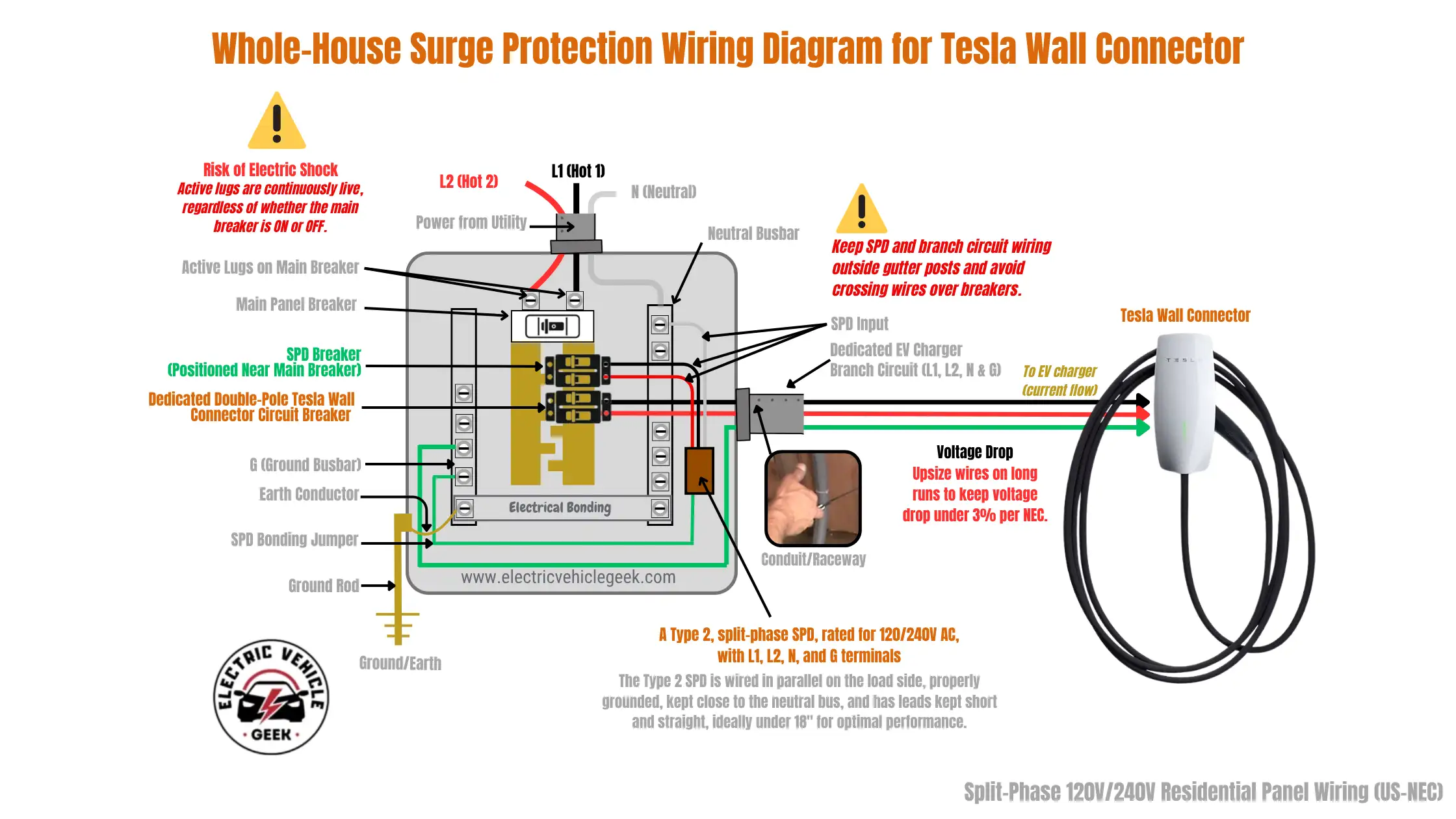
The SPD connects to L1 and L2, with the neutral lead terminated at the panel’s neutral busbar and the ground lead bonded to the ground busbar. Although the Tesla Wall Connector uses a 3-wire branch circuit (L1, L2, and Ground), a 4-wire SPD is still recommended to provide surge protection for all downstream circuits, not just the Tesla Wall Connector branch circuit.
Best Whole-house Surge Protection Device for Tesla Wall Connector Installations
We recommend the Siemens BoltShield FSPD140 Whole-House SPD as one of the best Type 2 SPDs for whole-panel surge protection, including EV charger branch circuits. Whether you’re installing a single Tesla Wall Connector or multiple Wall Connectors using Power Sharing on the same panel, the FSPD140 delivers reliable protection. It’s also the newer model replacing the Siemens FS140, offering updated performance and broader application compatibility.
Dedicated Surge Protection for Tesla Wall Connector Installations
When the Tesla Wall Connector is installed on a subpanel or if the main panel lacks available breaker space, a dedicated Type 2 SPD configured for a 3-wire branch circuit (L1, L2, and Ground) is recommended. This setup provides targeted surge protection for the EV charger circuit. It’s especially important in detached garages, outdoor subpanels, or commercial-grade environments where uptime, electrical isolation, and surge resilience are critical.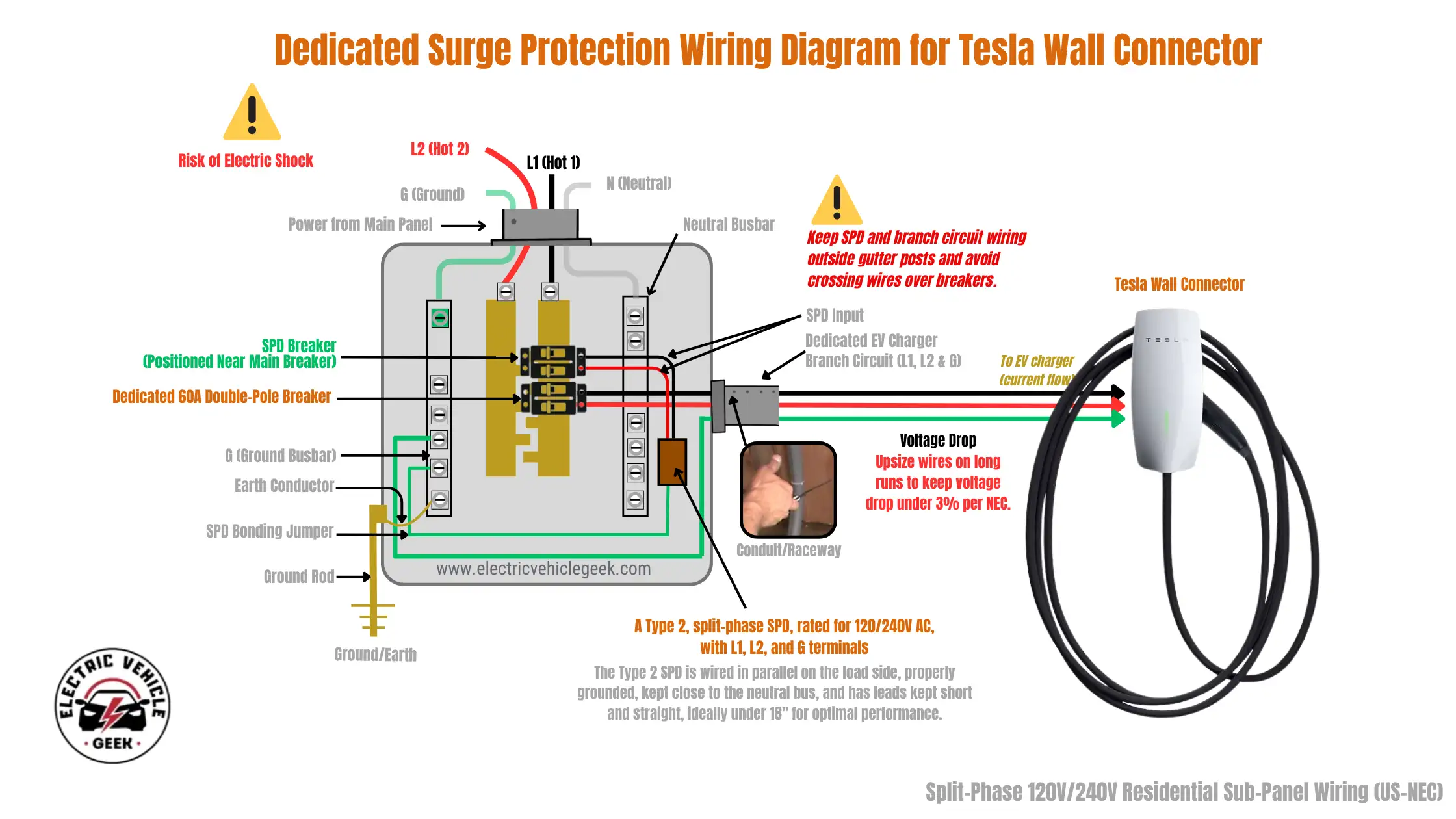
As shown in the wiring diagram above, the Tesla Wall Connector is hardwired using a 3-wire branch circuit (L1, L2, and Ground). In this configuration, we recommend installing a 3-wire Type 2 surge protection device (SPD), rated for 240V systems. The SPD should be wired in parallel and positioned as close as possible to the dedicated Tesla Wall Connector double-pole breaker protecting the Wall Connector. Its ground lead is bonded to the subpanel’s ground busbar, ensuring effective and localized surge protection.
This 3-wire SPD configuration aligns with the Tesla Wall Connector’s conductor requirements and provides effective localized surge protection. For best performance, the SPD’s leads should be kept short and straight, ideally under 18 inches.
Compatible Tesla Gen 3 Charger Lock Box
We recommend adding a Tesla charger lock box to your setup for added security and organization. A lock box protects your Tesla Wall Connector from theft, weather, and damage while keeping cables neatly stored. It’s an easy upgrade that ensures your charger stays safe and secure, both indoors and outdoors.
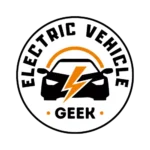
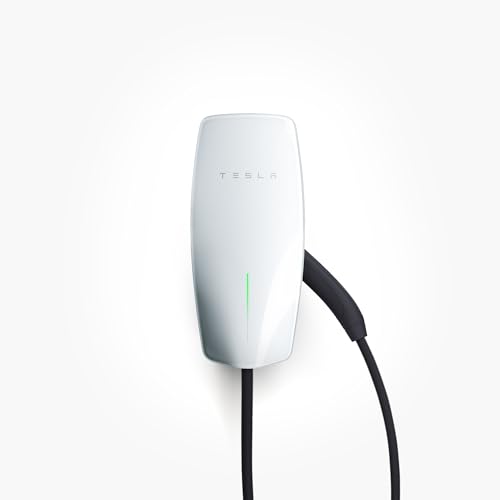
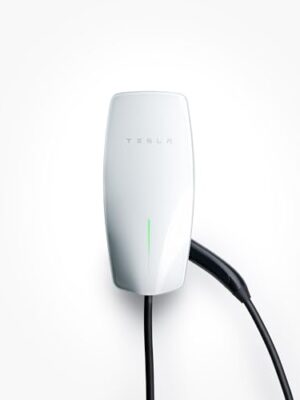
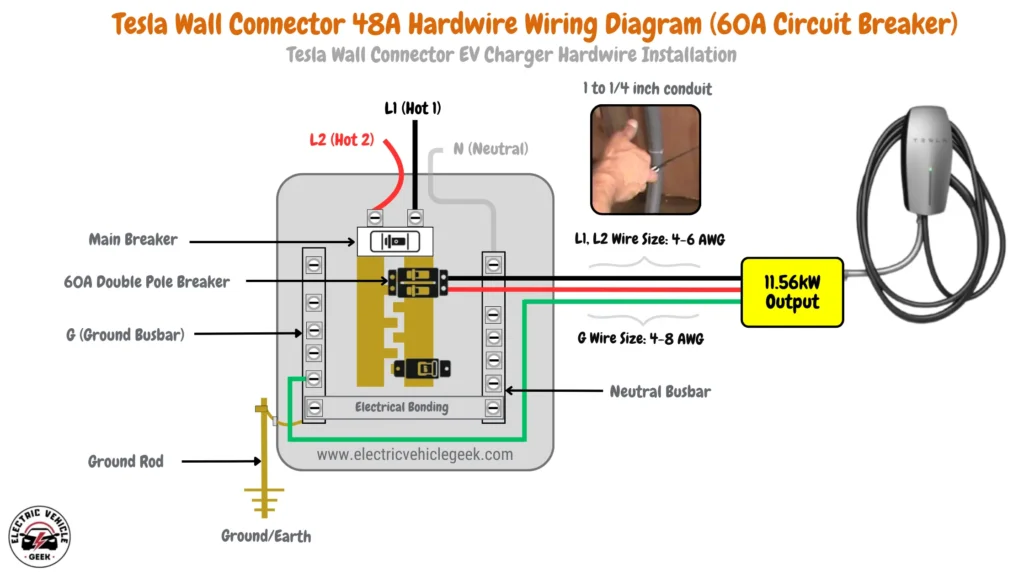
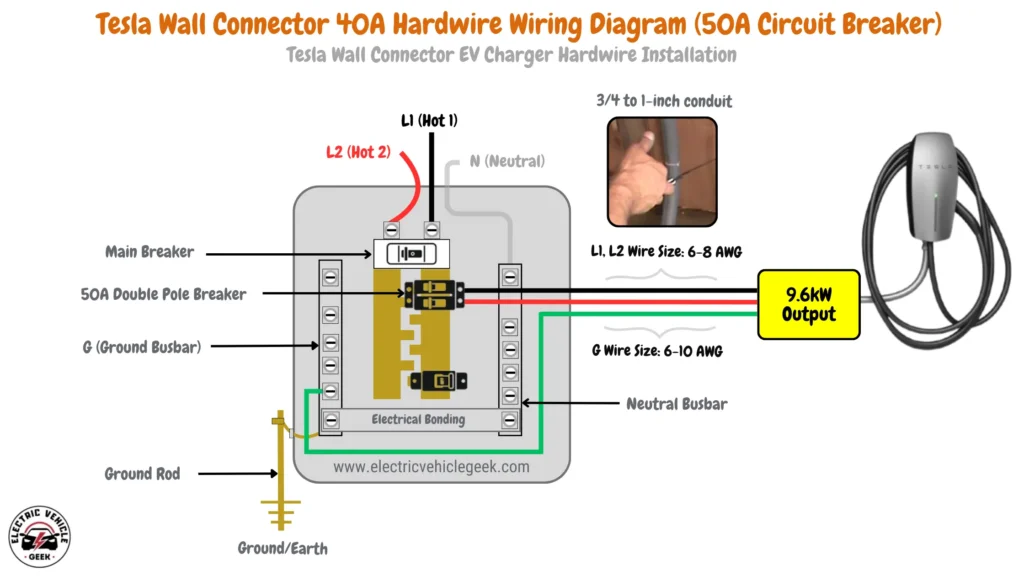
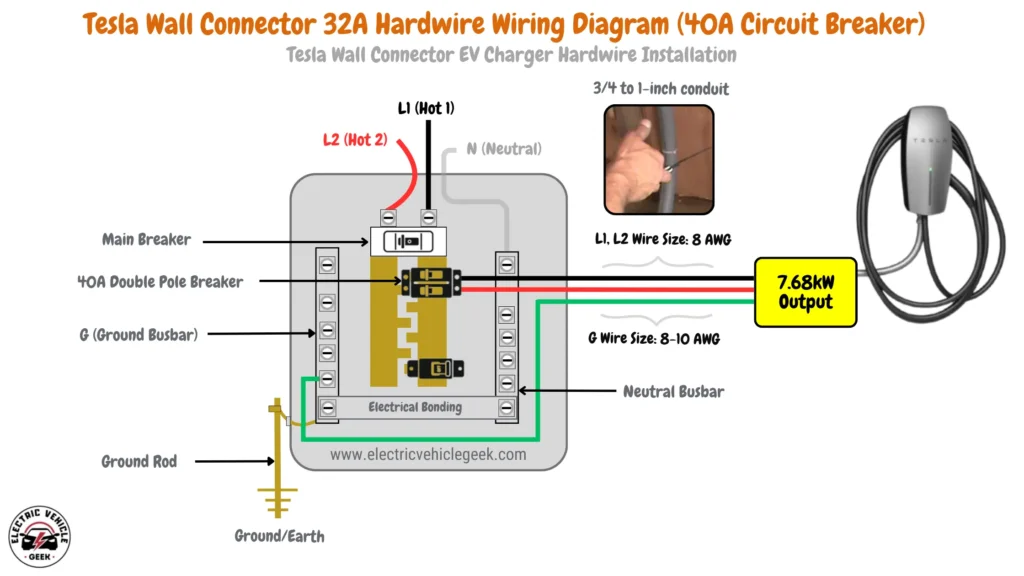
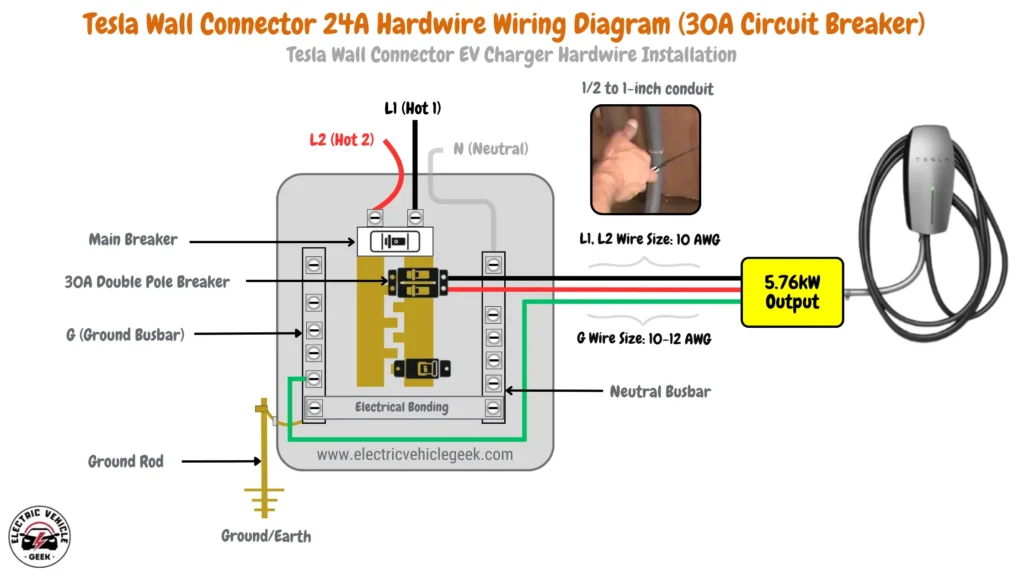
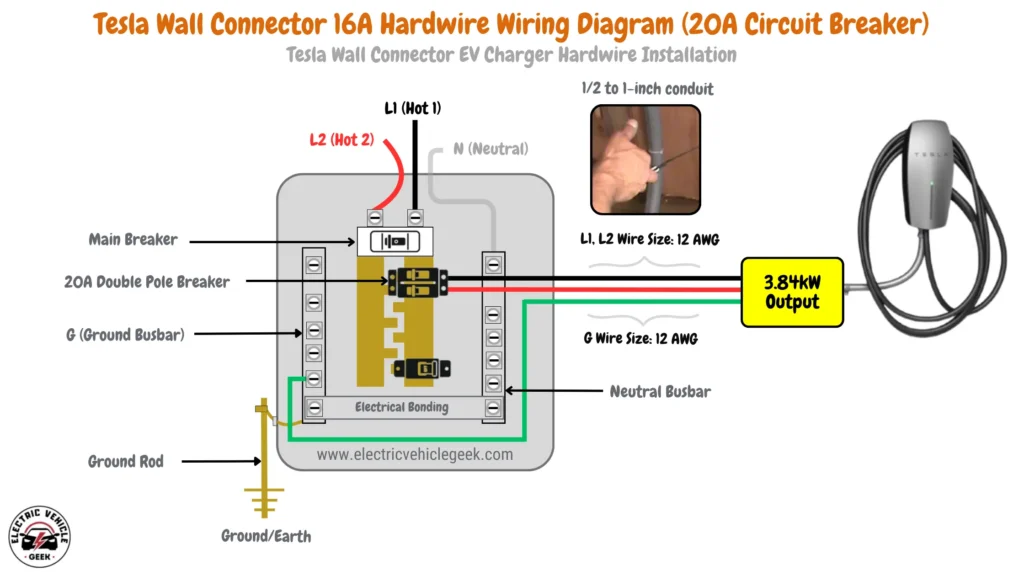
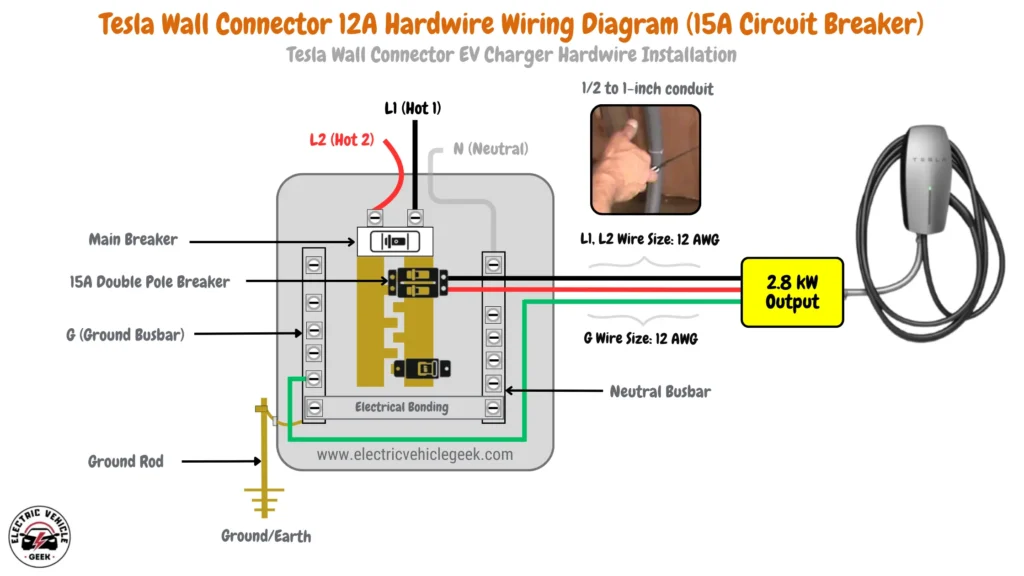
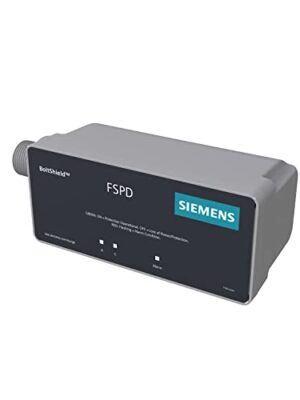
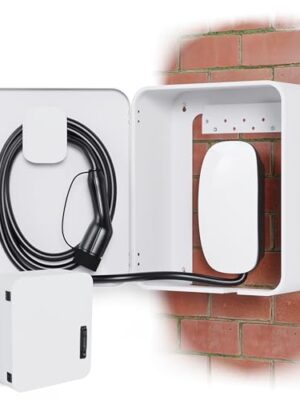
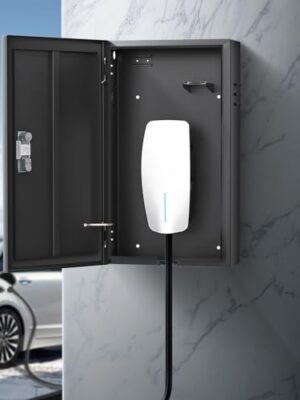
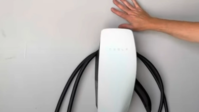 The Tesla Wall Connector offers fast, reliable charging with adjustable amperage and a 24-foot cord. It’s easy to install but requires professional installations. Pros include Wi-Fi connectivity and compatibility with Tesla electric vehicles compared to third party EV chargers. However, it lacks bi-directional charging for Cybertruck compatibility.
The Tesla Wall Connector offers fast, reliable charging with adjustable amperage and a 24-foot cord. It’s easy to install but requires professional installations. Pros include Wi-Fi connectivity and compatibility with Tesla electric vehicles compared to third party EV chargers. However, it lacks bi-directional charging for Cybertruck compatibility.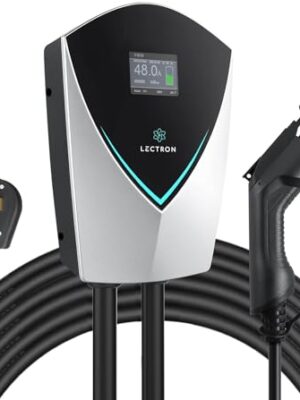
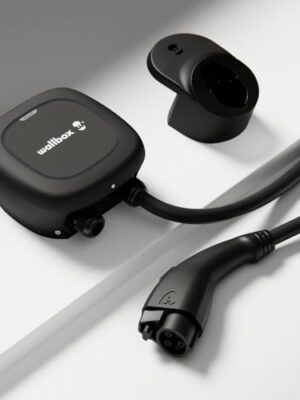
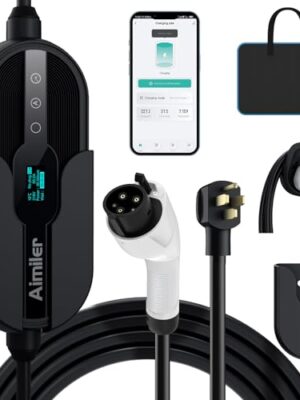
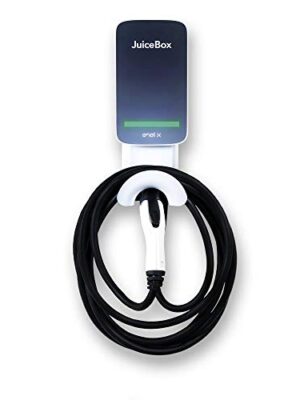
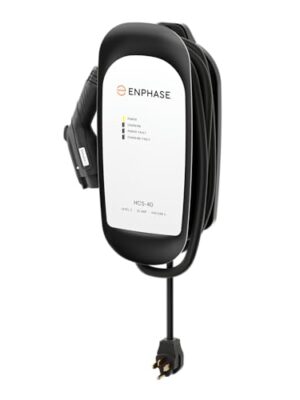

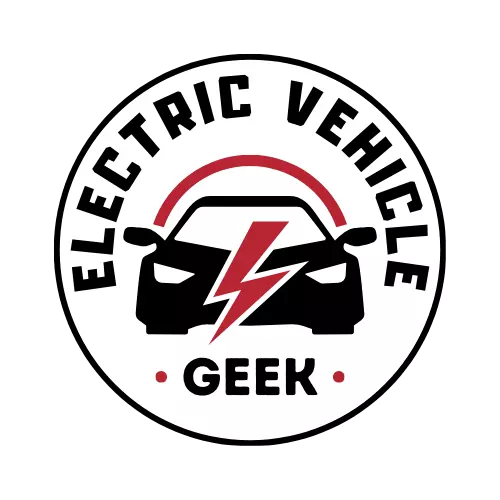
There are no reviews yet.